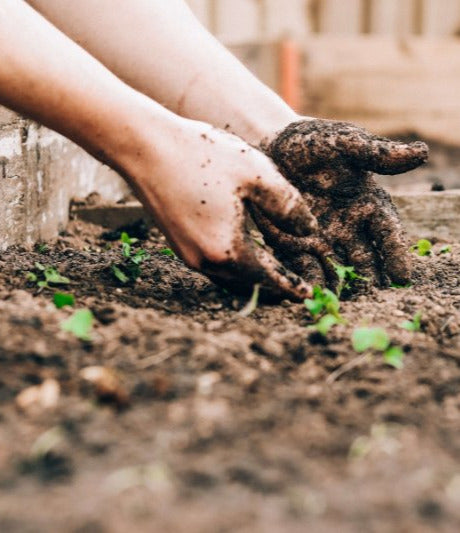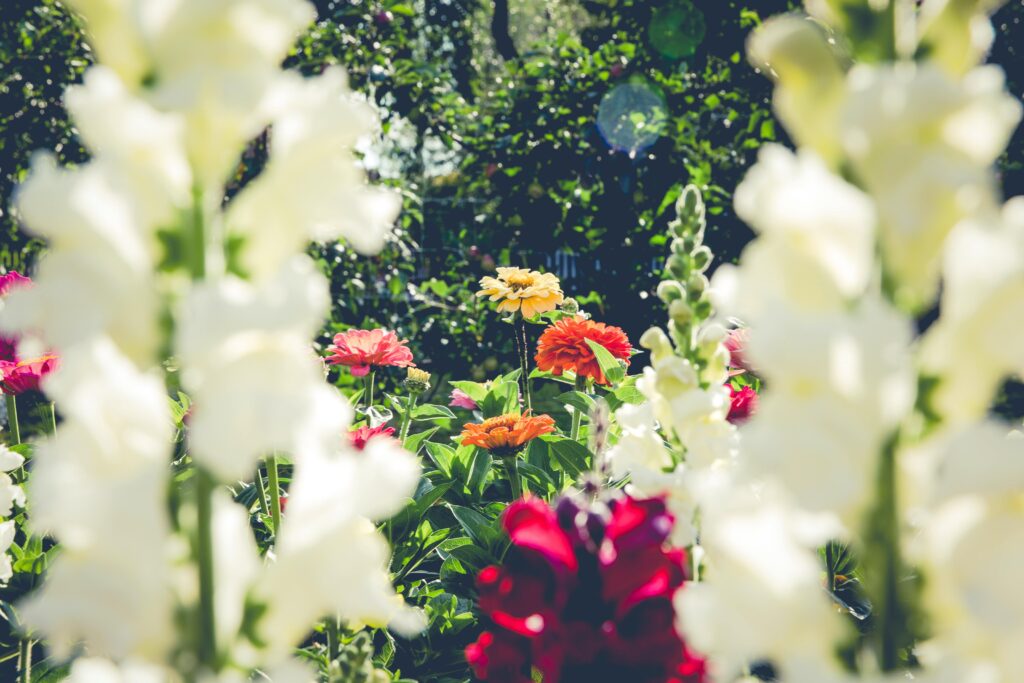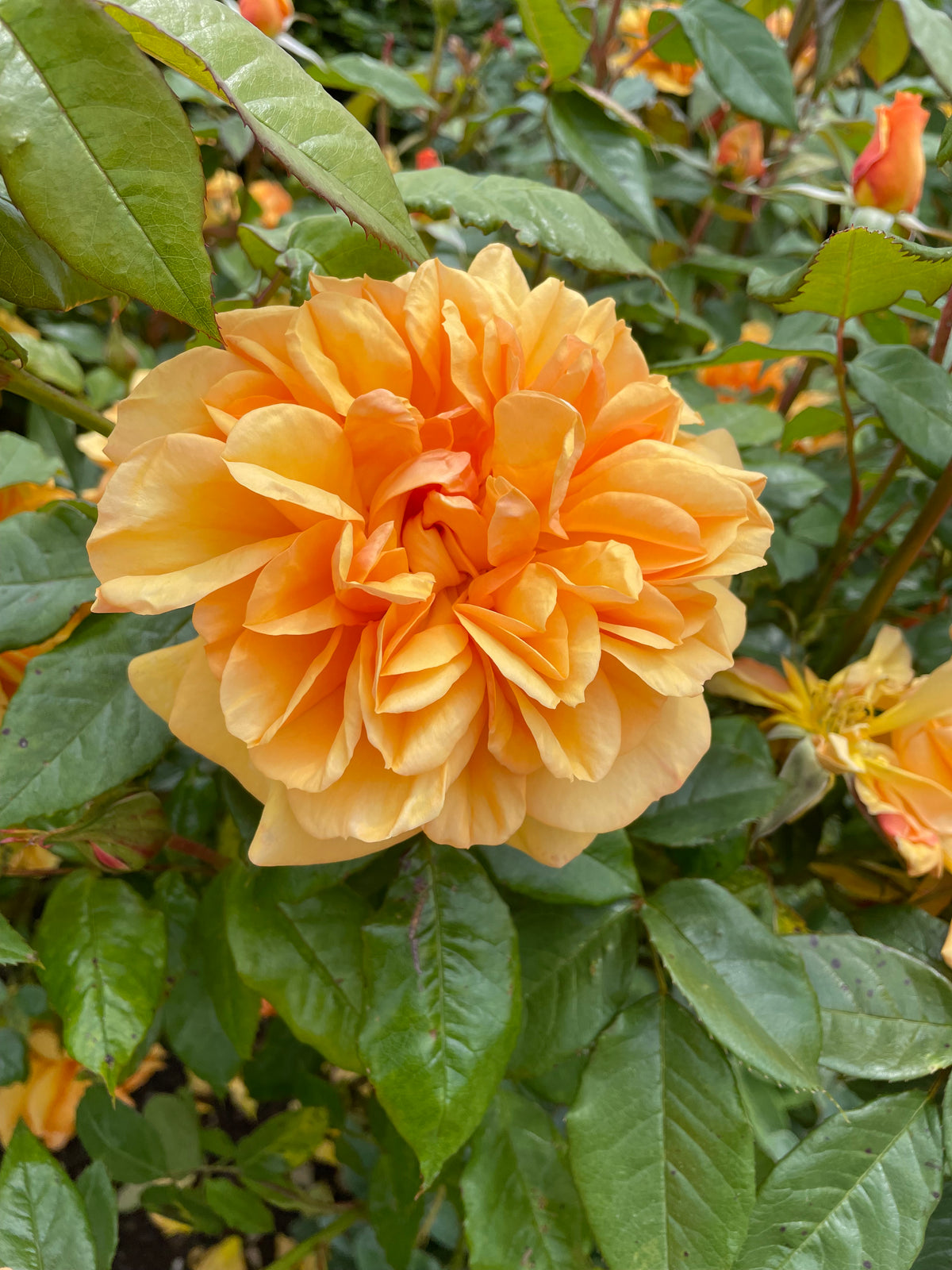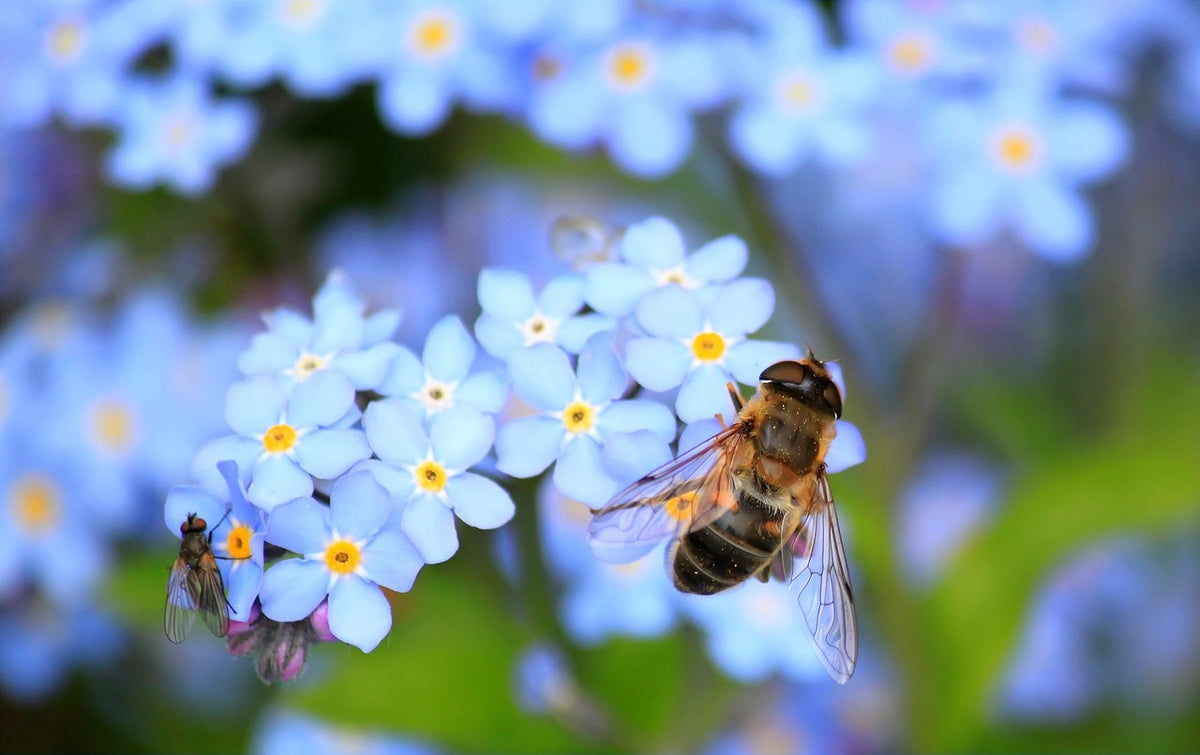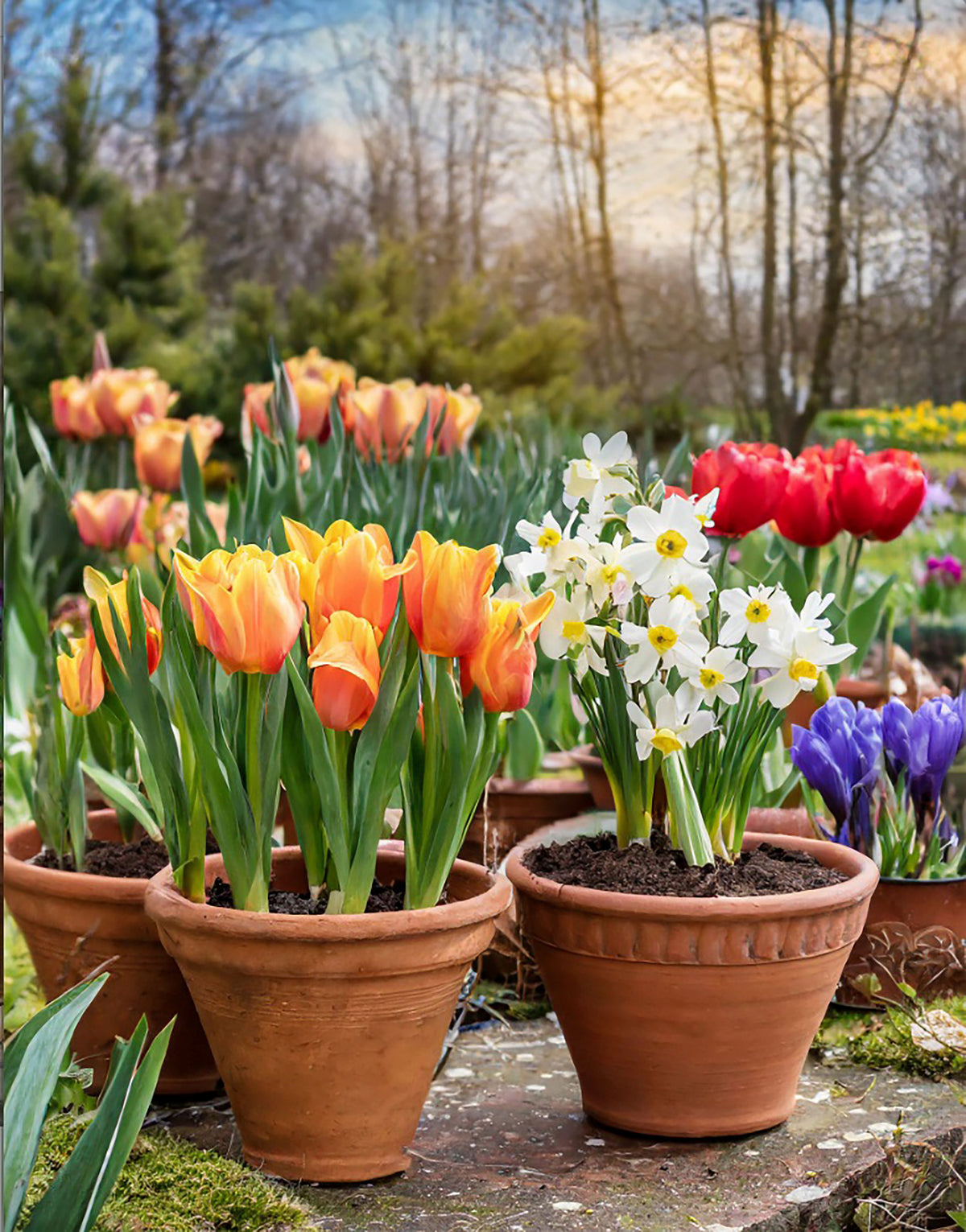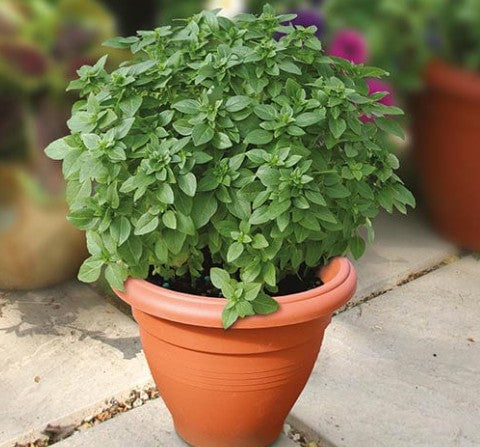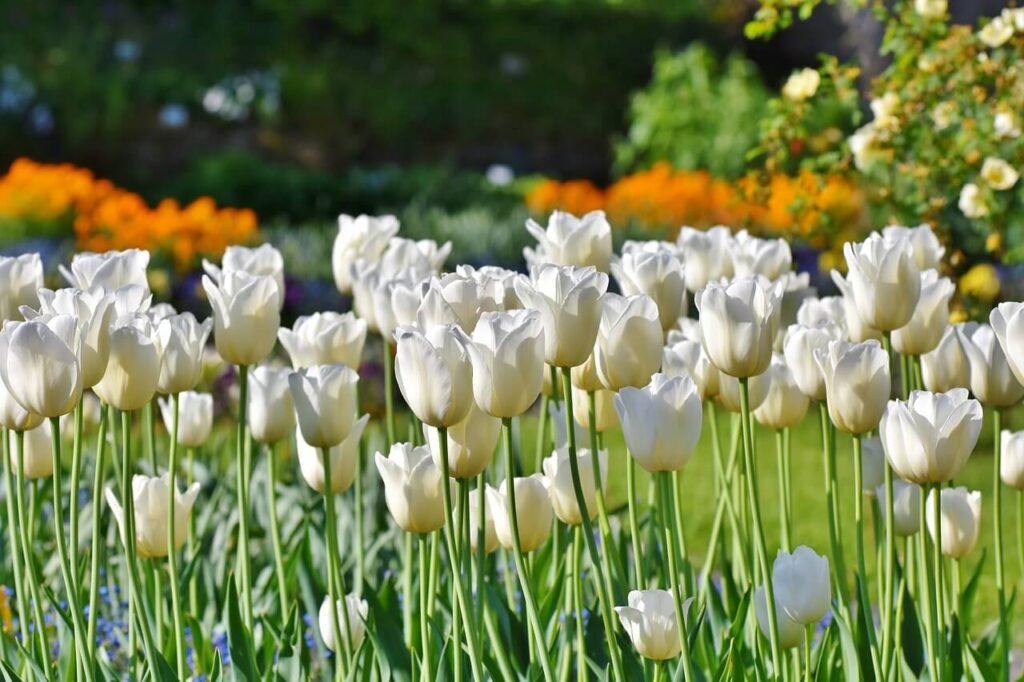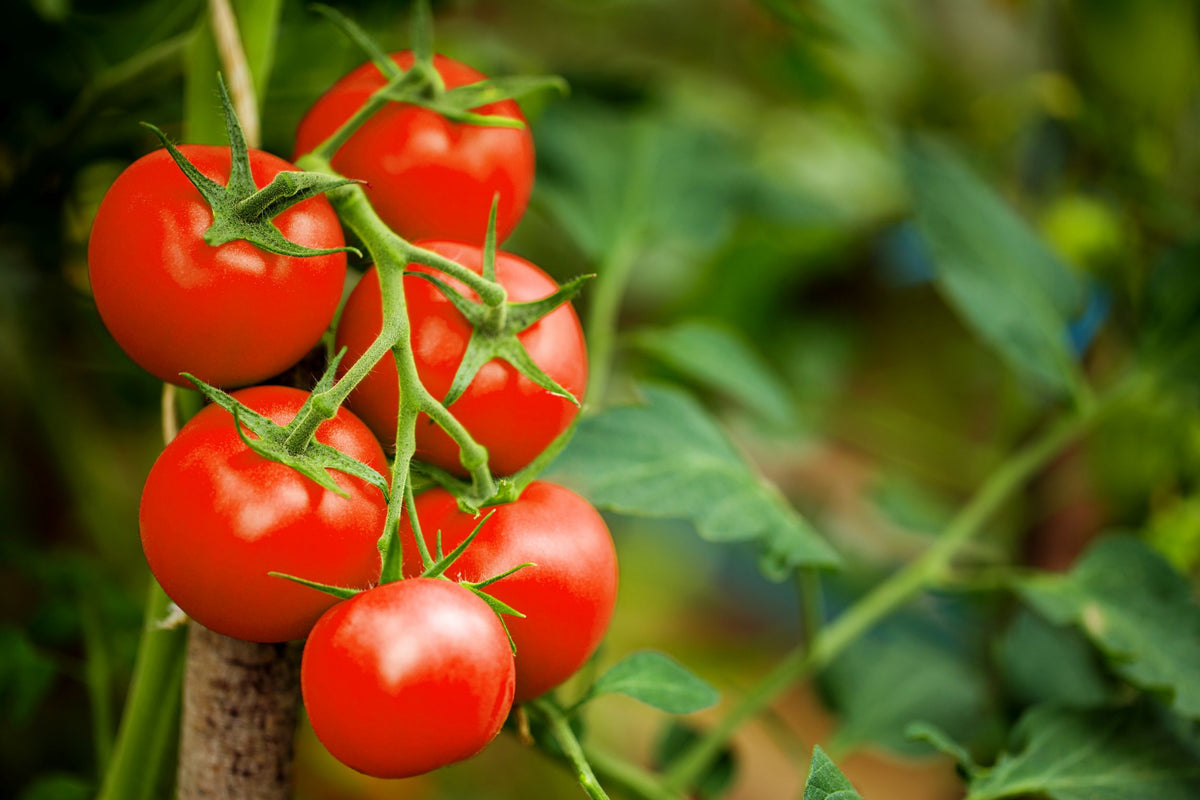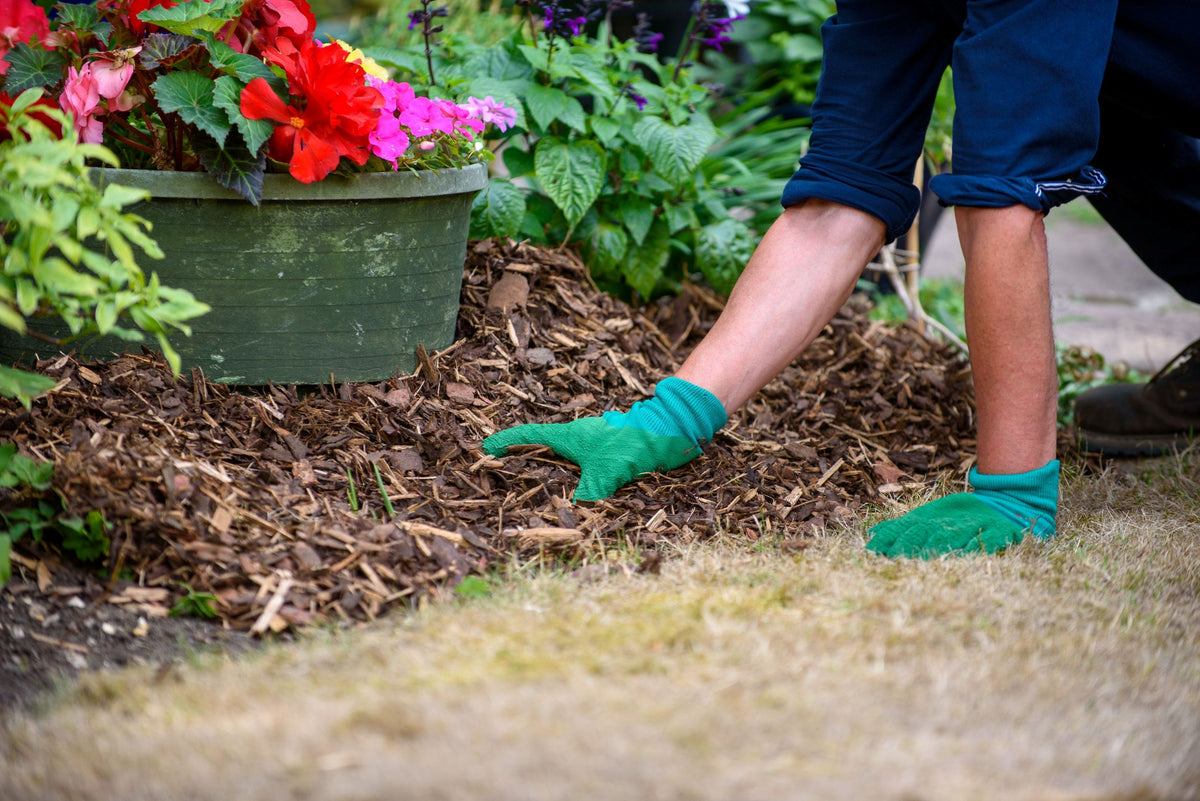Creating an edible garden can be surprisingly easy, even with limited space or unpredictable weather. Growing your own is a rewarding way to make use of a patch of your green space, and even works well if you’ve only got a small outdoor space like a patio or balcony. And don’t forget you can plant and harvest crops all year round – you just need to choose to grow the right varieties at the right time. Here are some things to think about if you’re keen to plant an edible garden:
Planning an edible garden
Before planting anything, there are some important things to consider:
Where do you want to grow your crops?
It’s best to choose the sunniest spot; south or west facing areas are best. If you only have shade, don’t worry, it will still be possible to grow leafy crops like spinach, kale or lettuce.
Be practical!
Start small if needed - even a few pots on a patio or windowsill can produce herbs and salad greens. Make sure it’s easy to water your garden, especially in dry spells.
Choosing what to grow
It’s best to think about what you actually eat - and grow that! Some good options include:
Herbs - mint, chives, parsley, thyme, oregano and rosemary are easy to grow. If you’re planting for windowsills or in pots choose basil, coriander and dill.
Vegetables - salad greens such as lettuce, rocket, spinach and lamb’s lettuce are a great place to start, along with tomatoes which can be grown in pots on balconies or in conservatories, or in hanging baskets. Root crops including carrots, onions, beetroot, radishes and spring onions can be a useful addition and courgettes, beans, peas, kale, cabbage and broccoli are generally easy.
Fruit – growing fruit can be very satisfying. Berries are a delicious option; strawberries can be grown in pots or baskets whilst larger fruit bushes will produce raspberries or blackcurrants year after year. Fruit trees such as apples, pears or plums are a great investment; choose dwarf or patio varieties for small spaces. Blueberries are best grown in containers as they need ericaceous compost.
Getting started
Improve the soil
The key to a healthy crop is healthy soil. So always add compost or a soil improver before planting. Our peat-free Multi-Purpose Compost or Vegetable Compost Soil Improver are great options. And always mulch around plants to retain moisture and reduce weeds.
Planting
- Sow seeds according to the instructions on the packet - some can be started indoors and others will grow better when they are planted directly outdoors.
- Water consistently (especially if you’re using containers).
- Feed with an organic fertiliser every few weeks.
- Harvest regularly to encourage new growth.
Encourage pollinators and control pests naturally
- Plant flowers like marigolds, lavender or borage to attract bees. Or try a patch of wildflower seeds.
- Avoid pesticides and use other eco-friendly options instead:
- Nets or fleece to protect brassicas.
- Eco-friendly pest control such as glue bands on fruit trees and wool pellets for slugs.
- Companion planting (for example plant basil near tomatoes).
Seasonal planting
· Spring (March–May): Start sowing salads, peas, and herbs.
· Summer (June–August): Harvest and sow fast-growing crops.
· Autumn (Sept–Nov): Plant garlic, onions, and hardy greens.
· Winter (Dec–Feb): Plan next year’s layout; grow microgreens indoors or hardy vegetables including carrots and potatoes under cover.
What tools are helpful?
You won’t need much to get started! A good quality hand trowel, watering can and garden fork are enough to make your mark when creating an edible garden.









